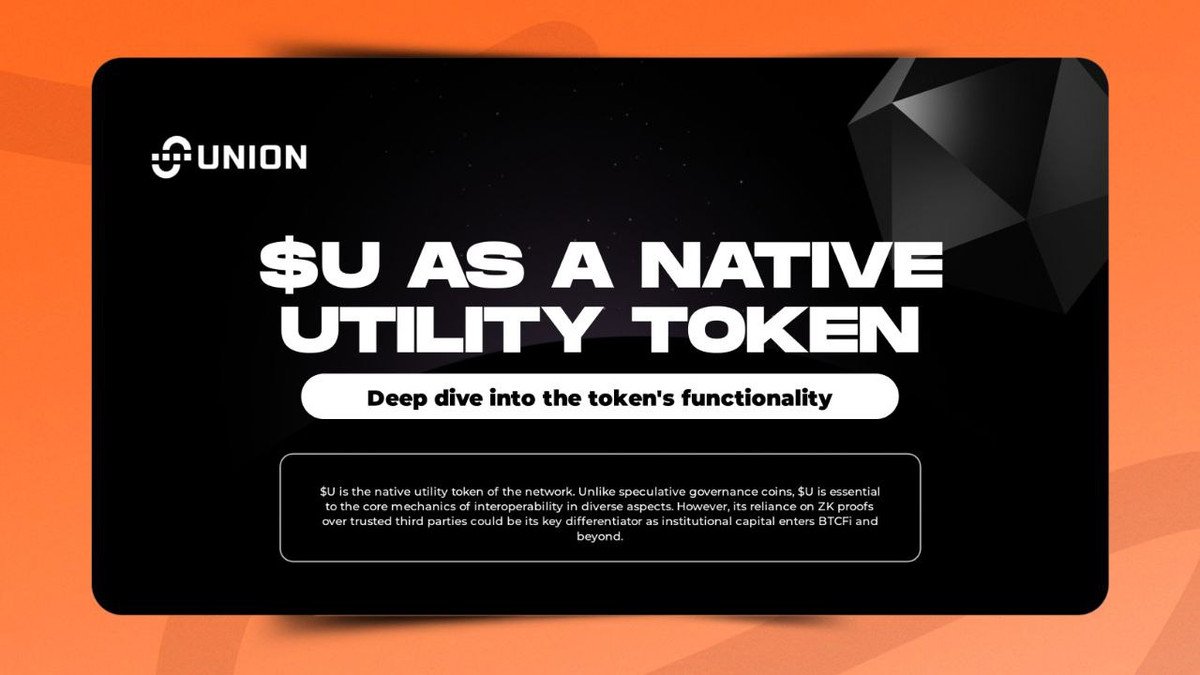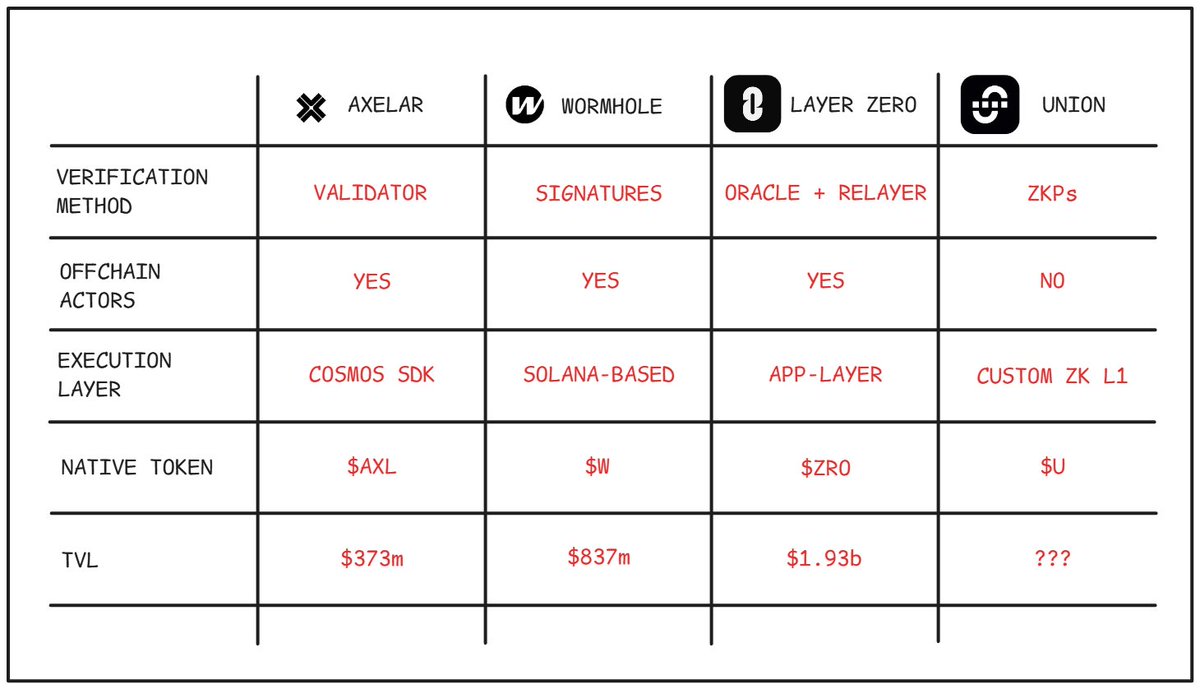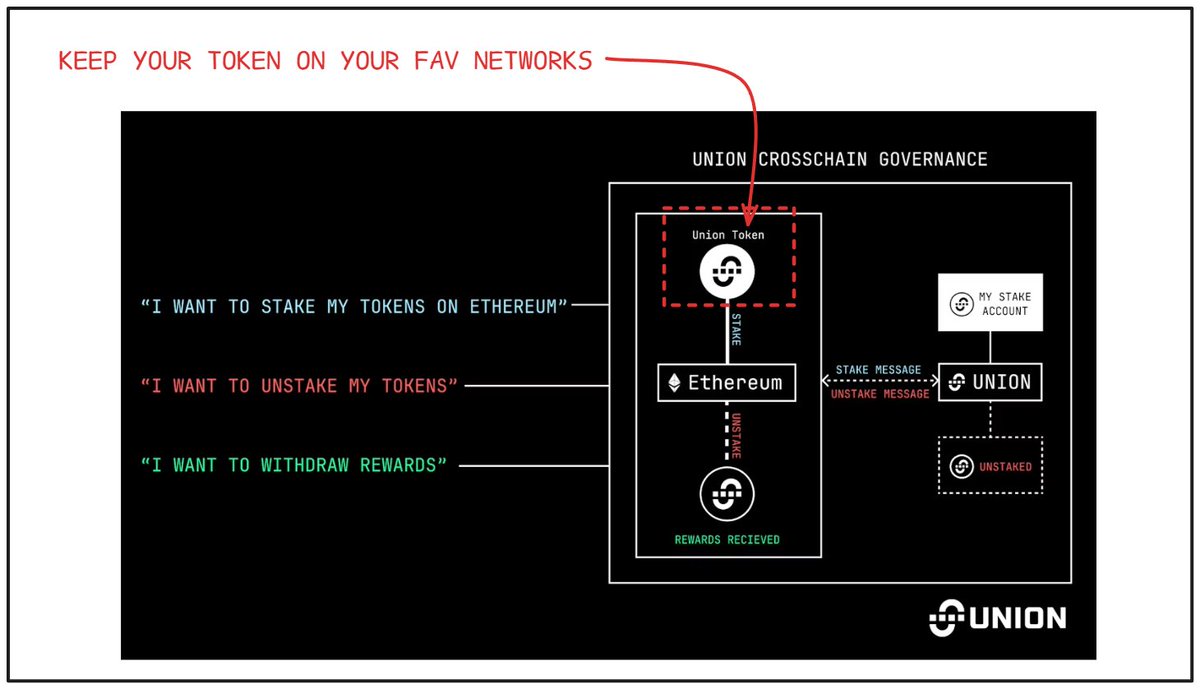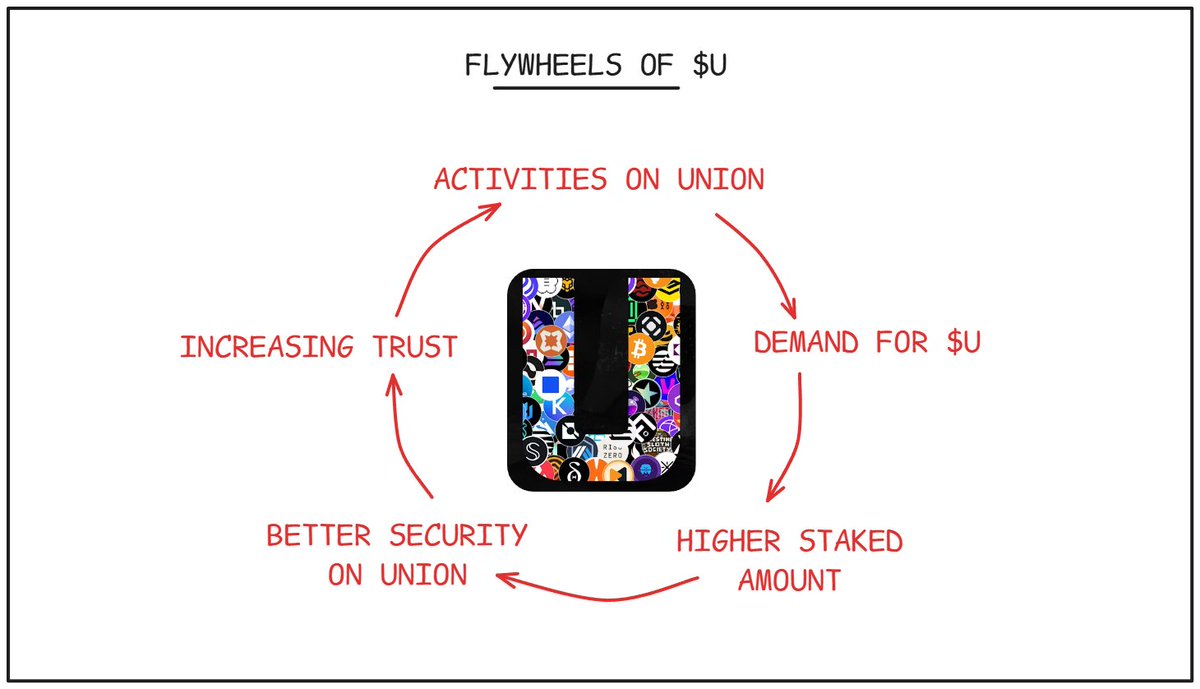Preço de Wormhole
em EUR

Sobre Wormhole

Aviso legal
A OKX não fornece recomendações de investimentos ou de ativos. Deve ponderar cuidadosamente se fazer trading ou deter ativos digitais é o mais adequado para si, tendo em conta a sua situação financeira. Informe-se junto do seu consultor jurídico/fiscal/de investimentos para esclarecer questões relativas às suas circunstâncias específicas. Para obter mais detalhes, consulte os nossos Termos de Utilização e o Aviso de Risco. Ao utilizar o site de terceiros ("TPW"), aceita que qualquer utilização do TPW está sujeita e será regida pelos termos do TPW. Salvo indicação expressa por escrito, a OKX e os seus afiliados ("OKX") não estão, de forma alguma, associados ao proprietário ou operador do TPW. Concorda que a OKX não é responsável nem imputável por quaisquer perdas, danos e outras consequências que advenham da sua utilização do TPW. Tenha presente que utilizar um TPW poderá resultar na perda ou diminuição dos seus ativos. O produto poderá não estar disponível em todas as jurisdições.
Desempenho do preço de Wormhole
Wormhole nas redes sociais







Guias

Crie uma conta OKX gratuita.
Financie a sua conta.
Escolha a sua cripto.
Perguntas frequentes sobre Wormhole
Explora as Wormhole de forma mais detalhada
A Wormhole serve como uma plataforma de interoperabilidade dentro do ecossistema Web3, concebida para ligar diferentes redes de blockchain. Emergiu como resposta à crescente procura por um protocolo de mensagens fundacional que priorize segurança, descentralização e requisitos de confiança mínimos. Inicialmente, criou uma ligação entre Ethereum e Solana, com o objetivo final de preencher a lacuna entre diferentes ambientes de blockchain, promovendo uma Internet Web3 mais coesa.
A plataforma amadureceu numa extensa rede que reforça a interoperabilidade entre sistemas de blockchain, facilitando o crescimento e a escalabilidade das aplicações. A Wormhole tem sido fundamental no apoio à troca fácil de dados, contribuindo para a infraestrutura que sustenta a internet aberta e segura prevista pelas iniciativas da Web3. Hoje, é a plataforma de interoperabilidade líder, usada por programadores em mais de 200 aplicações (por exemplo, Uniswap, Circle, Lido) e promovendo o movimento de dados em mais de 30 blockchains.
Preço e tokenomics da Wormhole
A introdução do token nativo do Wormhole, W, é central para a função do ecossistema, impulsionando a governação, encorajando a participação e assegurando o futuro da plataforma. Os tokenomics do W foram estrategicamente concebidos para atender aos requisitos de rede imediata e à expansão a longo prazo da plataforma.
O limite de oferta total de W é de 10 mil milhões de tokens, com um volume inicial de 1,8 mil milhões a circular no mercado. Em conformidade com as normas ERC20 e SPL, os tokens W são criados para interoperabilidade, utilizando a norma de transferência de tokens nativos da Wormhole para assegurar transações cross-chain harmoniosas. Para reforçar a estabilidade da rede e incentivar o compromisso a longo prazo, 82% dos tokens W são inicialmente bloqueados, devendo ficar disponíveis gradualmente ao longo de um período de quatro anos. Os tokens são alocados cuidadosamente a diferentes facetas do ecossistema:
- Nós guardiões: 5,1%, fundamentais para a segurança da rede, participando na verificação da mensagem.
- Comunidade e lançamento: 17%, dedicados a envolver e recompensar a comunidade, incluindo através de airdrops.
- Contribuidores principais: 12%, alocados às equipas com foco em segurança, engenharia e desenvolvimento de produtos.
- Ecossistema e incubação: 31%, destinados a apoiar o crescimento estratégico e as contribuições para o ecossistema da Wormhole.
- Participantes da rede estratégica: 11,6%, reservados para participantes com interesse pessoal a longo prazo na rede.
- Tesouraria da fundação: 23,3%, destinados a investigação futura, doações da comunidade e custos operacionais, geridos pela Wormhole Foundation.
Cada categoria é um testemunho do compromisso da Wormhole em criar uma abordagem equilibrada e abrangente aos seus tokenomics, promovendo uma ampla distribuição que se alinha com a sua visão para uma infraestrutura Web3 interligada.
Sobre o fundador e os intervenientes
A criação e o crescimento da Wormhole podem ser atribuídos a um conjunto de equipas descentralizadas, cada uma com competências em vários domínios essenciais para o sucesso da plataforma. Os principais contribuidores da Wormhole incluem a Wormhole Foundation, Wormhole Labs e xLabs. As equipas especializadas adicionais, tais como a Wormhole China e a Superteam, bem como os especialistas em engenharia ZK como a Lurk, também desempenham papéis fundamentais.
O ecossistema da Wormhole apoia uma rede diversificada de acionistas, que inclui os Nós Guardiões, contribuidores do núcleo e participantes de redes estratégicas, entre outros. Estas entidades colaboram para manter e governar os serviços da Wormhole, realçando a estratégia coletiva da plataforma para permitir a comunicação cross-chain.
Governação e DAO da Wormhole
A Wormhole está a transitar para um modelo de governação baseado em tokens para capacitar os detentores de tokens W com autoridade de tomada de decisão, com foco na comunidade e na gestão de tesouraria após a distribuição dos tokens. Esta jogada visa explorar o potencial coletivo da comunidade da Wormhole, permitindo que esta navegue efetivamente pelos desafios e oportunidades do ecossistema multichain.
A estrutura de governação está definida para evoluir, concedendo ao DAO um maior controlo sobre as decisões operacionais, incluindo ligações à blockchain, atualizações de contratos inteligentes e ajustes de taxas. Um esforço colaborativo entre os Contribuidores da Wormhole Core e a comunidade irá delinear um roteiro transparente e inclusivo para uma descentralização completa, assegurando o alinhamento com os interesses da comunidade.
Destaques da Wormhole
- Adoção generalizada: utilizada por programadores em mais de 200 aplicações, tais como dApps notáveis como Uniswap, Circle, Lido e Synthetix.
- Alcance alargado: facilita a transferência de vários tipos de dados em mais de 30 blockchains.
- Volume impressionante: processou mais de mil milhões de mensagens multichain, refletindo a elevada utilidade e confiança da plataforma na comunidade blockchain.
- Aval da Uniswap Foundation: Em 2023, recebeu a distinção de ser o único protocolo cross-chain aprovado incondicionalmente pelo Comité de Avaliação de Ponte da Uniswap Foundation.
Divulgação ASG



































